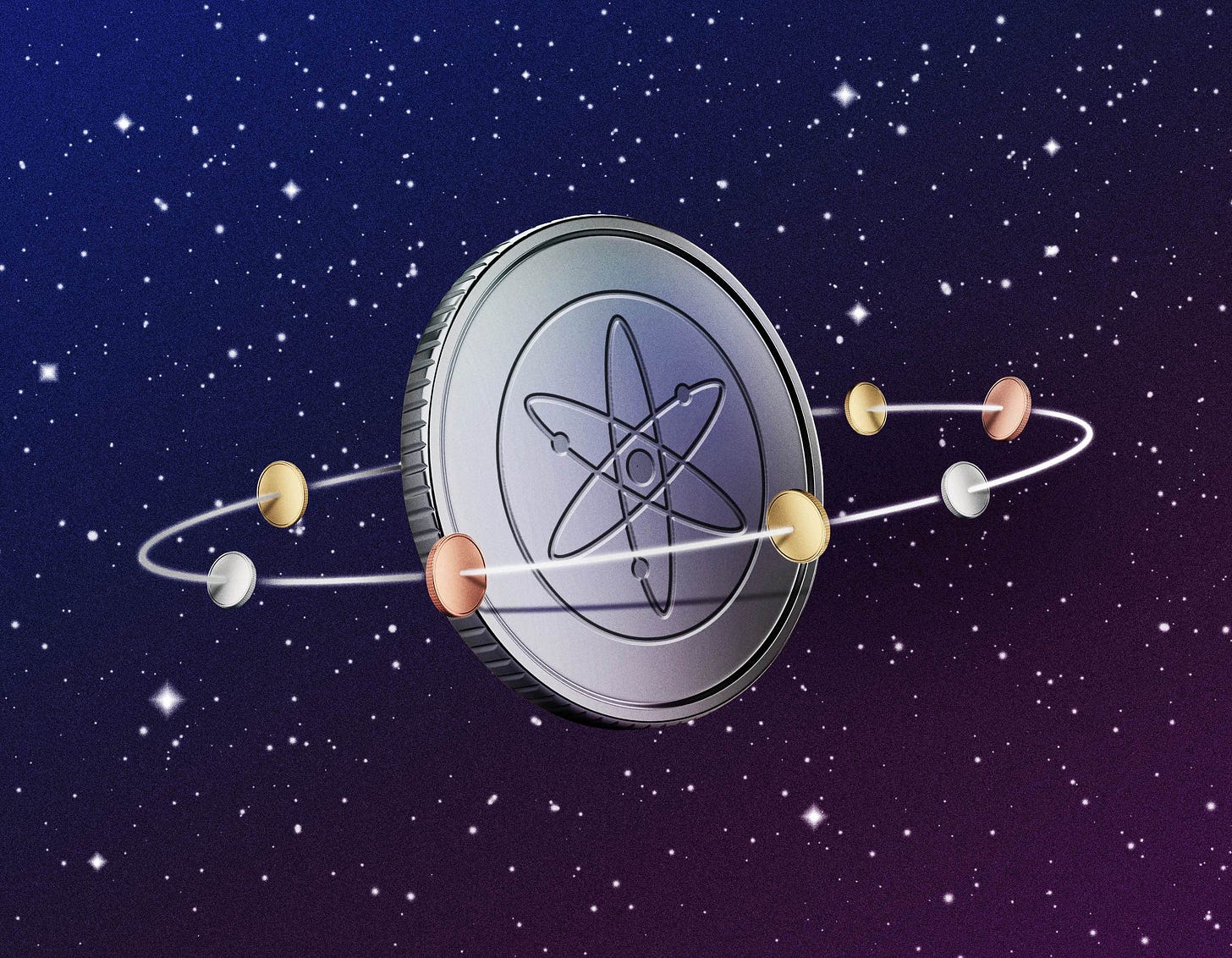The Way of Cosmos
The “internet of blockchains” believes tomorrow’s builders will prioritize specialization and sovereignty. It represents a distinct view of crypto’s future and is gaining momentum.
Brought to you by Masterworks
After injecting trillions of dollars into the financial system…What could go wrong? Try the worst inflation in 40 years, the stock market in a tailspin, and a dark crypto winter.
Yet, there are still some asset classes that the Fed can’t print more of.
Like fine art – a $1.7 trillion-dollar asset…

